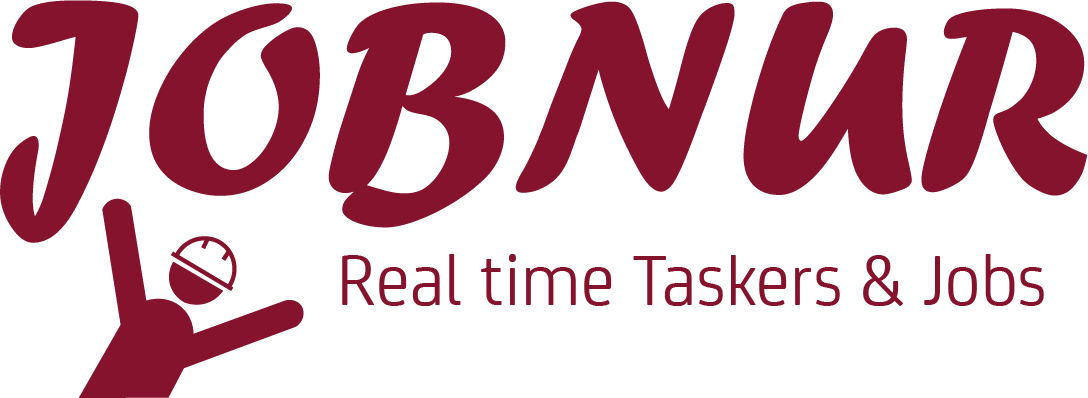The average professional drainage system installation will cost around $3,570 in 2025, with prices ranging from $2,500 to $8,000 according to Homewyse,. A soggy yard can turn your dream property into a disaster; for example, Sarah from Florida had to pay roughly $10,000 for a flooded basement caused by heavy rains. A good drainage system diverts water away from incursion and prevents damage to your property while increasing its value.
In this guide , we’ll list the 2025 yard drainage system costs along with comprehensive tables, describe the different systems, and discuss DIY options, accessories, and ways to reduce costs. Let’s dive in to protect your house and keep your yard dry.
Why Do You Need a Yard Drainage System?
Standing water damages the foundation of your house and the surrounding landscape in addition to harming your lawn. According to the American Society of Landscape Architects (ASLA), a well-designed drainage system stabilizes buildings, prevents soil erosion, and increases the value of your land. A drainage system can help with the following common drainage issues:
- Pooling Water: It prevents muddy areas forming after rain.
- Lawn Damage: Hire a professional gardening service to protect grass and plants from root rot.
- Foundation Risks: It keeps water out of your crawlspace or basement.
- Erosion: It stops soil erosion around pathways and foundations caused by water flow.
For instance, untreated water covering may degrade slopes in rainy areas (e.g. Seattle), whereas unexpected storm events may oversaturate yards that are not intended to drain water in arid cities (e.g. Phoenix). A drainage system that is appropriate for local climate conditions should be purchased if the desired long-term protection is to be received.
Read this blog “What’s Included in a Professional Cleaning Service?” to understand how cleaning service can make an effect.
Comprehensive Cost Breakdown for Drainage System in 2025
The size of the yard, the type of system, labor, and location all affect drainage system cost. The primary cost parameters for 2025, as determined by various home renovation sources, are included in the table below:
| Cost Factor | Estimated Cost Range | Details | Source |
| Yard Size | $1,000–$15,000 | Small yards (1/4 acre): $1,000–$3,000; Large yards (1 acre): $8,000–$15,000 | Homewyse |
| System Type | $500–$17,000 | Simple (downspouts): $500–$1,500; Complex (interior French drain): $8,000–$17,000 | HomeAdvisor |
| Labor (per hour) | $50–$100 | Urban areas (e.g., NYC): $80–$100; Rural areas (e.g., Midwest): $50–$70 | Yelp |
| Permits | $50–$2,760 | Varies by municipality; urban areas often require costly permits | HomeAdvisor |
| Excavation | $400–$1,600 | Rocky or clay soil increases costs; flat yards may need less digging | Yelp |
| Geotextile Fabric | $0.40–$1.y | Essential for French drains to prevent clogs | HomeGuide |
Per Linear Foot: Expect to pay $10 to $100 per linear foot, with an average total project cost of $3,570 for a 100-150-foot drainage system (HomeAdvisor). For example, a suburban property with a basic French drain on a 1/4-acre lot in Atlanta would cost roughly $2,500, yet a 1-acre tract outside of town in Texas would cost over $12,000 to cover the huge and complex trench-style drain (Estimate Florida Consulting).
Regional Variations:
- Northeast (e.g., Boston): Higher labor costs ($80–$100/hour) and strict permitting make the costs in the $5,000–$10,000 range.
- Southeast (e.g., Miami): Regular rains require permanent systems, with average costs in the $3,000–$8,000 range.
- West Coast (e.g., Los Angeles): Rocky soils lead to increased excavation costs, with average cost of $4,000–$12,000.
- Midwest (e.g., Kansas City): Lower labor rates ($50–$70/hour) and lower cost structure keep costs in the $2,000–$6,000 range.
So you’re ready to budget your project? Please contact reputable specialists at Jobnur for free, no-obligation estimates to learn how much you may spend based on your yard.
Drainage System Types and Costs
Certain water problems are addressed by various drainage methods. Below is a summary of popular varieties, their prices, and the best applications for each in 2025:
| System Type | Cost per Linear Foot | Total Cost Range | Best For | Source |
| French Drain (Exterior) | $10–$35 | $1,000–$8,800 | Soggy lawns, foundation protection | HomeGuide |
| French Drain (Interior) | $40–$85 | $4,000–$17,000 | Basement flooding | HomeGuide |
| Channel/Trench Drain | $30–$100 | $2,000–$10,000 | Driveways, patios with surface runoff | Jonite |
| Dry Well | N/A | $1,920–$5,760 | Storing excess water in small yards | Estimator Florida |
| Catch Basin (Plastic) | N/A | $240–$600 per unit | Surface water collection in low-lying areas | Estimator Florida |
| Downspout Extensions | $10–$50 | $150–$350 per spout | Minor gutter runoff issues | Estimator Florida |
French Drain
- What It Is: Perforated pipes are used in gravel trenches to divert water away from foundations and gardens.
- Cost: Exterior costs between $10 and $35 per foot, while inside costs between $40 and $85 per foot for concrete removal and pouring.
- Example: A 100-foot-long external French drain of a moist yard in Charlotte, NC might cost $2000-$3500.
- Best For: Yards with persistent sogginess or basements that sense water.
Channel or Trench Drain
- What It Is: Surface drains with gratings are ideal for use on driveways and patios.
- Cost: $30 to $100 per foot; for example, a 50-foot driveway system would cost $1,500 to $5,000.
- Maintenance: Regular cleaning service helps prevent debris blockages, especially if you live in a lush area (such as Portland, Oregon).
- Best For: The most effective method is run-off from hard surfaces.
Dry Well
- What It Is: Underground vaults that store and progressively release water into the earth.
- Cost: $1,920 to $5,760 per unit, usually with French drains.
- Best For: Smaller yards with little drainage, like those seen in downtown Denver.
Catch Basin
- What It Is: Basins that collect surface water and link to drainage pipes.
- Cost: Plastic units range in price from $240 to $600, while concrete basins cost between $2,000 and $5,000.
- Example: Two plastic catch basins built in a Chicago backyard cost between $1,000 and $2,000.
- Best For: Areas that are flat and are likely to collect water.
Downspout Extensions
- What It Is: Tubing that extends your gutter downspouts or diverts water underground.
- Cost: $150-350 per, with prices ranging from $10-50 per foot.
- Best For: Affordable, simple solutions to small runoff issues, particularly for suburban Dallas households.
DIY vs. Professional Drainage System Installation
According to Lawn Love, DIY drainage systems cost from $100 to $2000 and include pipes, gravel, and fabric. A 25-foot French drain costs around $21 to install yourself, and $10 to $75 to have professionally installed. DIY drainage projects are an excellent choice for simple systems (e.g., downspout extensions), but they are dangerous for more sophisticated systems. Consider:
Pros:
- Reduces labor expenses by up to 50% for smaller tasks.
- Ideal for small locations with minimal concerns (for example, a 10-foot downspout issue in Raleigh, NC).
Cons:
- Incorrect Slope: If the pipes are not put at an angle (1-2 percent slope is necessary), you will have inadequate drainage.
- Utility Damage: According to the U.S. Pipeline and Hazardous Materials Safety Administration, digging to repair an electric line is never a smart idea because the expense of doing so is substantial; instead, hire a professional electric service provider.
- Time-Intensive: Excavating is a demanding and challenging activity. You’ll also need the necessary tools.
For example, a catch basin with a DIY walkway on a flat yard in Tucson may cost $300, but it might be doomed if the utilities are cut. Take satisfaction in knowing that you’ve completed a professionally done job that will last longer than a DIY installation, such as indoor French drains or bigger homes.
Add-Ons and Cost-Saving Strategies
Although they raise expenses, add-ons improve system performance. Below is a list of typical add-ons:
| Add-On | Cost Range | Purpose | Source |
| Sump Pump | $450–$2,625 | Pumps water from basements or low areas | Yelp |
| Landscape Repairs | $500–$4,000 | Restores lawns or plants post-installation | Lawn Love |
| Yard Regrading | $800–$5,000 | Adjusts slope for better drainage | Lawn Love |
Cost-Saving Tips
- Compare Quotes: Obtain quotations from nearby contractors.
- Bundle Projects: To save excavation expenses, combine landscape and drainage projects.
- Choose Simple Systems: In tiny yards, use downspout extensions for comparatively minor issues.
- Maintain Drains: To prevent clogs, especially in stormy Miami, Clean grates yearly.
- Check Rebates: The U.S. Department of Housing and Urban Development notes potential water-saving rebates in some states.
Factors Affecting Drainage System Costs
The following are some of the main locations where drainage system prices might differ, per Forbes:
- Accessibility: When drain lines are not accessible, such as beneath a patio, sidewalk, etc., the labor cost increases by at least $1,000.
- Soil Type: 20–30% of excavation expenses are increased by rocky soils in Colorado or clay soils in Georgia.
- Yard Slope: While sloping yards in Oregon need careful plumbing service and drain pipe installation, flat yards in Florida must be graded to produce a slope ($800–$5,000).
- System Complexity: Multi-component systems (such as French drain + dry well) will be more expensive.
- Location: Permit fees ($500–$2,760) and labor expenses ($80–$100/hour) are greater in cities like San Francisco.
Hiring a Professional Drainage System Contractor
Employ a contractor with drainage system experience who is insured and licensed. Check reviews on Yelp, and get references. Before digging, always call 811 to designate utility lines. For example, installing a 100-foot French drain in Minneapolis may cost $3,000, whereas the same project might cost only $2,000 in rural Iowa.
Hiring Checklist:
- Check licensing and insurance.
- Ask for at least three references.
- Confirm that the quote includes permits and cleanup.
- Verify warranty (1-5 years is typical).
Protect Your Home with a Smart Drainage System Plan
In 2025, a drainage system will typically cost between $2,500 and $8,000 and safeguard your house from water damage. Knowing the expenses and options can help you stay inside your budget, regardless of whether you decide on a drip pad, French drain, catch basin, or downspout extension. Always obtain many quotations, keep your system maintained, and make a decision before expensive repairs are made. Keep your property from being ruined by a damp yard! Contact Jobnur to get free quotes from reputable local drainage contractors right now.
FAQ: Common Drainage System Related Questions
- How to install a drainage system in a yard?
Line the trench with geotextile cloth, pipe, or grate, then cover it with gravel and dirt. Dig a trench that is 6-12″ wide and 18-24″ deep, sloping 1-2% if at all feasible. When putting a drainage system in your yard, don’t forget to give 811 a call first.
- What is the best drainage system for a backyard?
Catch basins ($240–$600) for low regions, French drains ($1,000–$8,800) for damp lawns, or downspout extensions ($150–$350) for drainage runoff.
- What are the three types of underground drainage systems?
Downspout extensions ($150–$350), a dry well ($1,920–$5,760), and a French drain ($10–$85/foot).
- How long does it take to install drainage?
Small projects take one to three days, whereas sophisticated drainage systems take one to five days.
- How much does it cost to grade a yard for drainage?
$800 to $5,000, based on the size of the yard.
- How deep do drainage pipes need to be buried?
For external systems, 18–24″; in rocky soils, deeper (24–36″).





